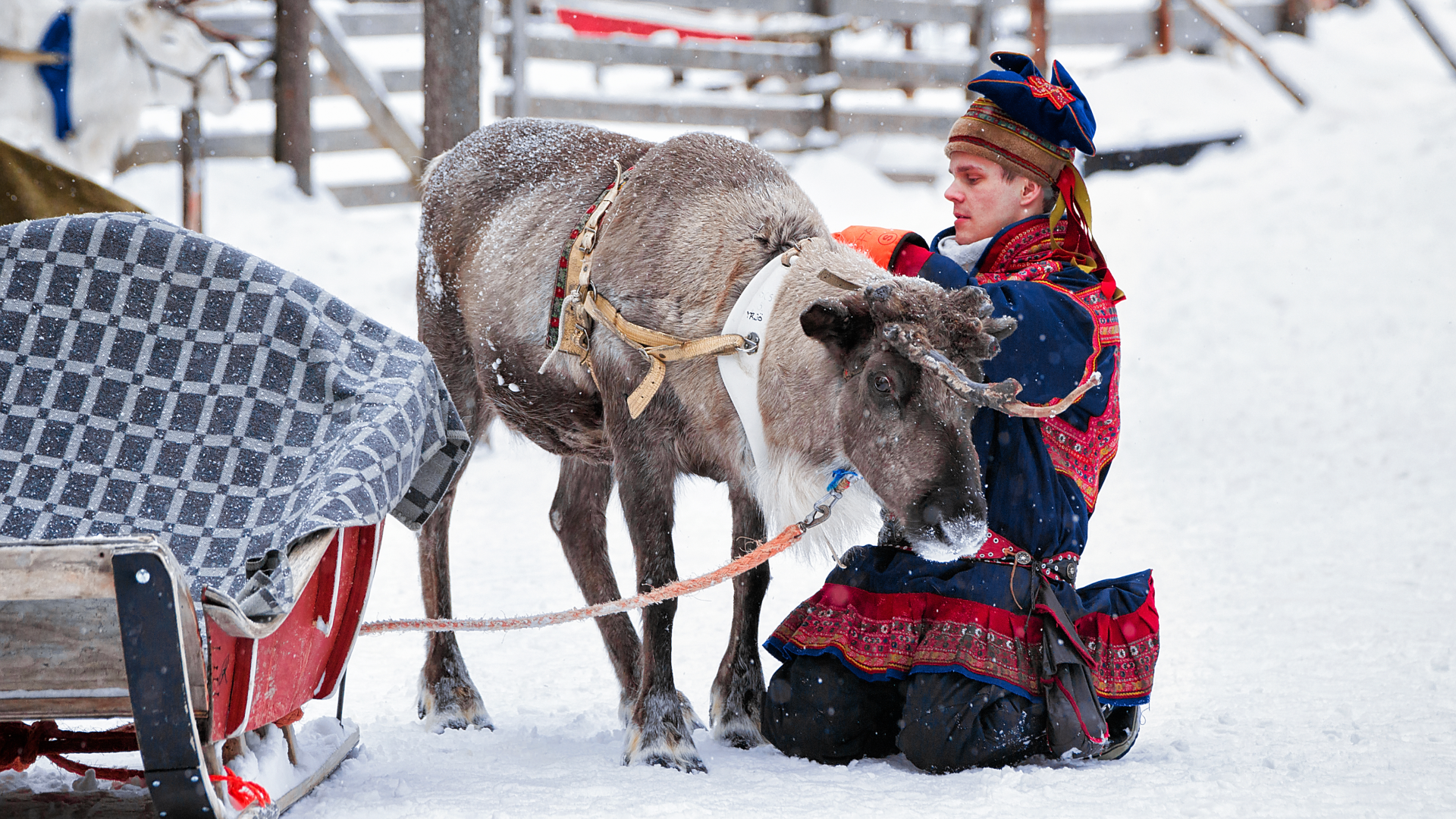Women Evolve More Spine to Carry Babies
Like cushy baby strollers, women's bodies have evolved spines that are more flexible and supportive than men's to keep from tipping over while walking during pregnancy.
Pregnancy brings loads of hormonal changes as seeming biological wizardry transforms a woman's body into a baby incubator. As the fetus grows, so does a woman's belly. No surprise, the front cargo pulls her center of gravity off kilter.
If the body architecture failed to take counter measures, pregnant women would be tipping over left and right or walking around with even worse pain than they do. New research detailed in the Dec. 13 issue of the journal Nature shows lower-back vertebrae and joints in women have special features that accommodate the extra weight.
"The body must change in dramatic ways to accommodate the baby, and these changes affect a woman's stability and posture," said researcher Katherine Whitcome, an anthropologist at Harvard University. "It turns out that enhanced curvature and reinforcement of the lower spine are key to maintaining normal activities during pregnancy."
They found a similar trend in the vertebrae of early humans called Australopithecus, but not in those of chimpanzees (our crawling relatives). The finding suggests these spine adaptations evolved at least two million years ago when human ancestors first began to walk upright. Our four-legged ape ancestors didn't have to accomodate for the extra baby weight, because their bellies just hung lower and there was no significant shift in the center of gravity.
"Natural selection favored this adaptation because it reduces extra stress on a pregnant female's spine," said researcher Liza Shapiro, an anthropologist at the University of Texas at Austin. "Without the adaptation, pregnancy would have placed a heavier burden on back muscles, causing considerable pain and fatigue and possibly limiting foraging capacity and the ability to escape from predators."
Pregnant posture
Get the world’s most fascinating discoveries delivered straight to your inbox.
Whitcome, Shapiro and Harvard anthropologist Daniel Lieberman studied 19 pregnant women between the ages of 20 and 40 from their first trimester until after they gave birth. They found that when the mass of the developing baby reached about 40 percent of its full-term weight, the mother's posture began to change.
"They leaned back, and they did that by extending their upper body at the lower back," Whitcome told LiveScience. "And this happened when the position of their center of mass was changing."
The researchers also examined participants' spines and compared results with male spines. In both women and men, the curvature of the spine in the lower back, called the lordosis, stabilizes the upper body above the lower body. While male lordosis curves across just two vertebrae, the curvature extends across three vertebrae in women, Whitcome said.
"Loading across three vertebrae allows an expectant mother to increase her lordosis, re-aligning her center of gravity above her hips and offsetting the destabilizing weight of the baby," Whitcome said.
In addition, the female vertebral joints are relatively larger and extend more down the spine than those of males. The extra support helps to offset strain on the spine that occurs when a pregnant woman leans back to balance the weight of the fetus, the researchers say.
Ancient adaptations
The researchers also studied two hominid fossils about two million years old and found that one, which anthropologists have long suggested is female, had three lordosis vertebrae. The other fossil, which is thought to be male, had fewer such vertebrae. The angles and sizes of the vertebrae also followed the same male-female trend found in humans.
"Early human women lived very strenuous, active lives, and pregnant females were forced to cope with the discomfort of childbearing while foraging for food and escaping from predators," Lieberman said. "This evolution of the lower back helped early woman to remain more mobile during pregnancy, which would have been essential to survival, and appears to have been favored by natural selection."
They didn't find these gender-specific differences in the spines of chimpanzees, which walk on four legs, further supporting the idea that bipedalism led to the adaptations.
- Video: Sex and the Senses
- 10 Things You Didn't Know About You
- The Sex Quiz: Myths, Taboos and Bizarre Facts
Jeanna Bryner is managing editor of Scientific American. Previously she was editor in chief of Live Science and, prior to that, an editor at Scholastic's Science World magazine. Bryner has an English degree from Salisbury University, a master's degree in biogeochemistry and environmental sciences from the University of Maryland and a graduate science journalism degree from New York University. She has worked as a biologist in Florida, where she monitored wetlands and did field surveys for endangered species, including the gorgeous Florida Scrub Jay. She also received an ocean sciences journalism fellowship from the Woods Hole Oceanographic Institution. She is a firm believer that science is for everyone and that just about everything can be viewed through the lens of science.
